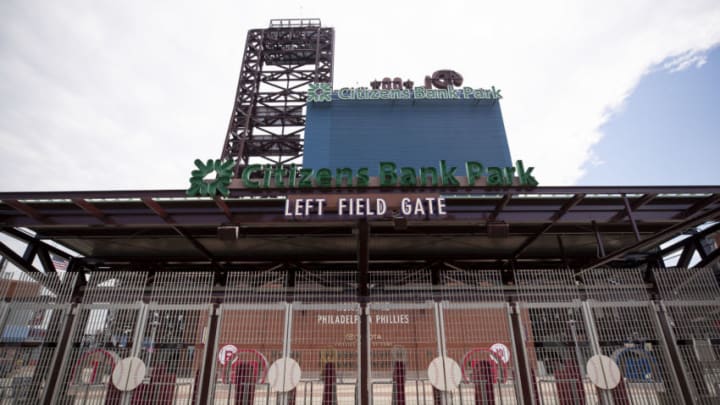
Turn back the clock. We take a look at every Phillies stadium from all the way back to Shibe Park to Citizens Bank Park
For fifteen straight years, the Philadelphia Phillies have been playing at stadiums young ones only got to experience – Citizens Bank Park.
Before Citizens Bank Park came alive, the Phillies called eight different stadiums their home.
Each of them is memorable for their own history – and we break it down one-by-one starting with the youngest stadium to the oldest.
Citizens Bank Park (2004-Present):
Sitting on a 21-acre lot, the Philadelphia Phillies have called Citizens Bank Park home since 2004. Citizens Bank Park ranks eleventh in the entire league in stadium size. Since opening in 2004, Phillies fans have witnessed something incredible in almost every season that the ballpark has been active.
Most notably, the Phillies won their first world series at Citizens Bank Park back in 2008.
There are interesting facts about the ballpark and events that happened at CBP many fans might not know about.
In its first years, Citizens Bank Park allowed 218 home runs in 2004 and 201 in 2005. More than half of those home runs were to left-field. Following the 2005 season, the left-field wall was moved back five feet to reduce home run totals.
Despite these renovations to the field, the ballpark is still known today as one of the most hitter-friendly ballparks in the league.
- The first inside-the-park home run at the park was hit by Phillies legend Jimmy Rollins on June 20th, 2004 against the Kansas City Royals.
- Jim Thome hit his 400th career home run at the ballpark back in 2004 to left-center field seats.
